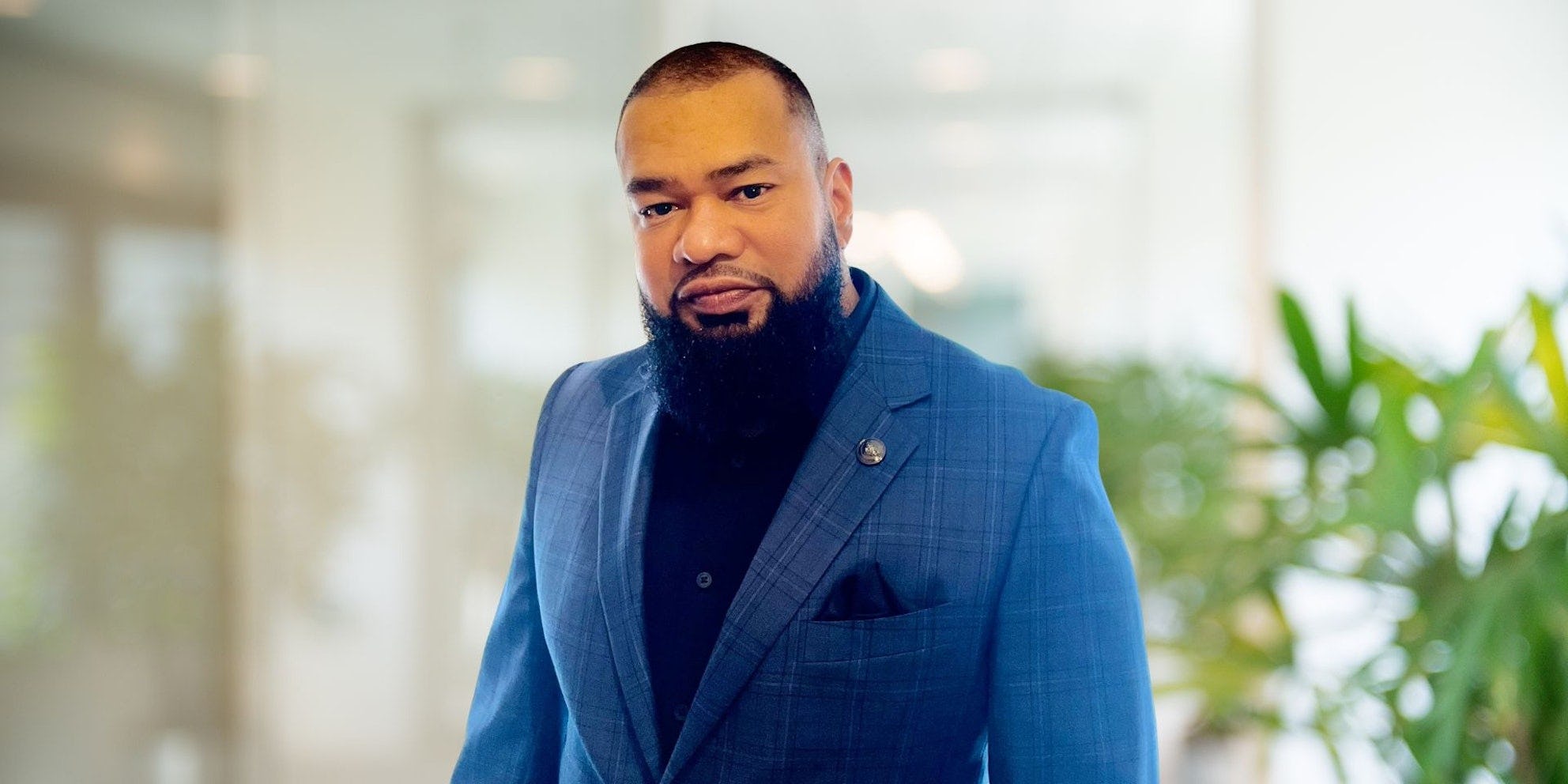Stronger together: Raoef on collective and personal growth
From business transformation to data-drivenness and from software development to integration: bring together over 25 companies with unique specialties and you get the Conclusion ecosystem. Over 3,000 employees work here for more than 500 clients, backed by a solid foundation of cooperation and connection. A multitude of experts collectively sink their teeth into complex problems to arrive at objective recommendations. There isn’t a challenge out there that we shy away from. The power of our ecosystem may be the sum of its parts, but how do you find one another in such a vast business landscape? Various colleagues discuss what cooperation looks like for their daily duties within this ecosystem. For Raoef Hayatmahomed, Senior Manager IT Operations at myBrand Conclusion, it’s all about connecting people, “since in the end, it’s all people work.”
February 15th, 2024 | Blog | By: Conclusion
Share

In the end, it’s just people work
